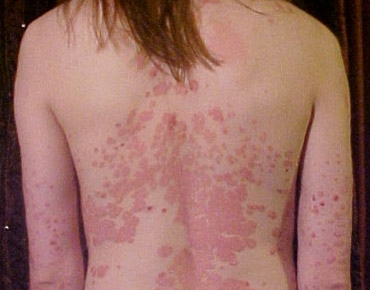
Psoriasis
Psoriasis is a chronic, autoimmune skin condition that accelerates the growth cycle of skin cells. Normally, skin cells mature and shed over a 28-30 day cycle, but in people with psoriasis, this process speeds up, causing skin cells to build up rapidly on the surface, forming thick, red, scaly patches called plaques.
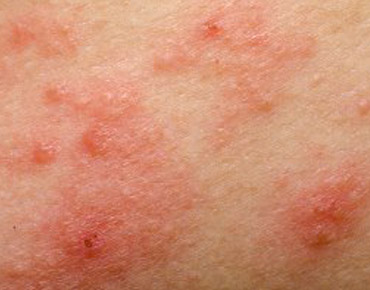
Eczema-Atopic Dermatitis
Eczema, also known as Atopic Dermatitis, is a common chronic (long-lasting) skin condition that leads to inflammation, redness, itching, and dryness. While eczema can affect people of all ages, it is most commonly seen in infants and children, though it can persist into adulthood or begin later in life.
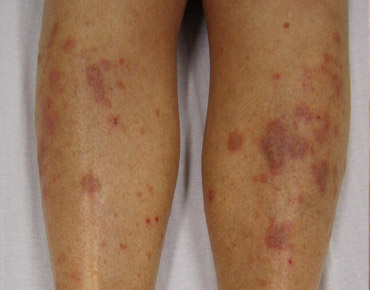
Lichen Planus
Lichen planus is a relatively uncommon, inflammatory condition that affects the skin, mucous membranes (such as the mouth or genitals), and sometimes the nails and hair. It is considered an autoimmune disorder, where the immune system mistakenly attacks the skin and mucous membranes, leading to inflammation and characteristic skin changes.
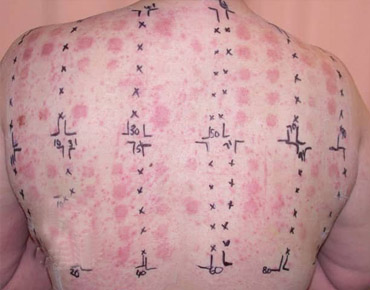
Skin Allergy And Patch Testing
Skin allergies occur when the immune system reacts abnormally to substances that are usually harmless, known as allergens. These allergens trigger skin reactions such as rashes, redness, swelling, itching, or blistering. Patch testing is a diagnostic procedure used to identify the specific substances that may be causing allergic skin reactions, especially in cases of contact dermatitis.
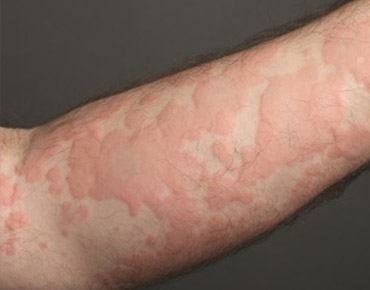
Urticaria (Wheals)
Urticaria, commonly known as hives or wheals, is a condition characterized by the sudden appearance of raised, red, itchy welts or bumps on the skin. These welts can vary in size, shape, and appearance and typically appear in response to an allergen or other triggering factor. Urticaria can be acute (lasting less than six weeks) or chronic (lasting more than six weeks).

Acne (Pimples) & Acne Scars
Acne, commonly known as pimples, is one of the most prevalent skin conditions, affecting individuals of all ages, but especially teenagers and young adults. While acne itself is often seen as a temporary nuisance, acne scars can have long-term effects on one's skin texture and appearance, making acne management an essential aspect of skincare.

Hairloss
Hair loss, or alopecia, is a common condition that affects both men and women of all ages. While losing hair is a natural part of the hair growth cycle, excessive or noticeable hair loss can be distressing and may signal an underlying health condition or a hereditary predisposition. Understanding the causes, types, and treatments of hair loss is important for managing and potentially reversing the condition.
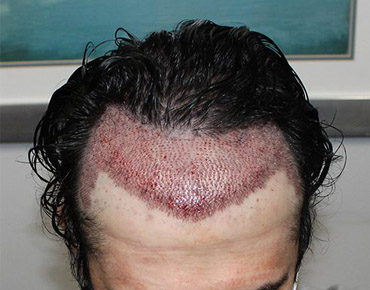
Hair Transplant
A hair transplant is a medical procedure used to treat hair loss or baldness by redistributing hair from areas of the scalp with healthy, dense hair to areas that are thinning or balding. It is considered one of the most effective and permanent solutions for hair loss, particularly in cases of androgenetic alopecia (male and female pattern baldness) and some other types of alopecia.
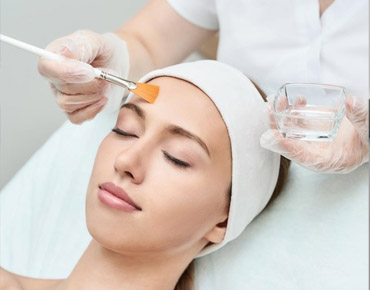
Chemical Peels
A chemical peel is a cosmetic treatment that involves the application of a chemical solution to the skin to remove damaged layers, promoting the regeneration of fresh, healthy skin. This procedure is often used to improve skin texture, tone, and appearance, as well as to address various skin concerns like acne, fine lines, wrinkles, hyperpigmentation, and uneven skin tone.
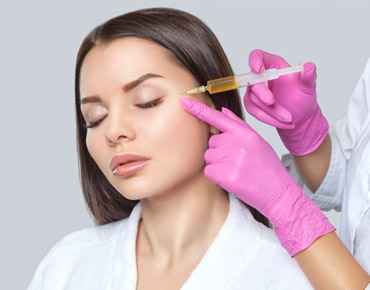
PRP & GFC / Regenarative
PRP & GFC therapy, or Platelet-Rich Plasma therapy, is a minimally invasive treatment that uses your own blood components to promote healing, regeneration, and rejuvenation of the skin, hair, or other tissues. PRP & GFC therapy has gained popularity in recent years for its ability to enhance skin texture, reduce wrinkles, promote hair growth, and improve healing after certain medical procedures.
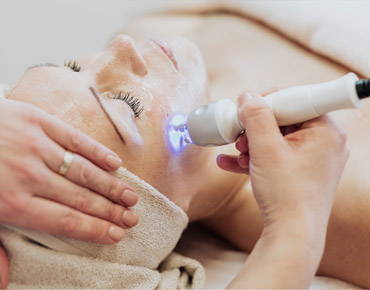
Laser for Skin & Hair
"Laser for Skin & Hair" typically refers to cosmetic laser treatments that address various skin and hair concerns using focused light technology.
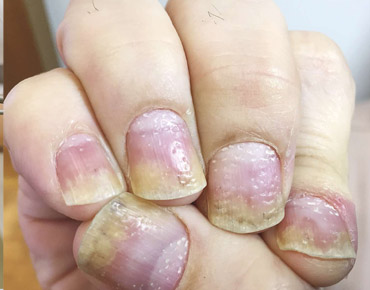
Chronic Skin-Hair-Nail Diseases
Chronic skin, hair, and nail diseases are conditions that persist over long periods and often require ongoing management. These conditions can significantly impact a person's quality of life, affecting self-esteem, daily activities, and even overall health. The causes of these diseases may be genetic, environmental, or immune-related, and their symptoms can range from mild to severe.
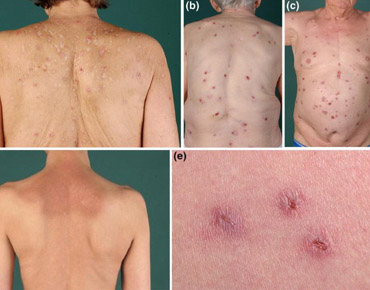
Chronic Itchy Skin
Chronic itchy skin, also known as pruritus, is a condition where the skin feels itchy or irritated for an extended period, often lasting for 6 weeks or more. Persistent itching can be a sign of an underlying skin condition, systemic disease, or even emotional distress. It can significantly affect a person's quality of life, leading to discomfort, disturbed sleep, and irritability. If left untreated, chronic itching can result in skin damage from scratching, further exacerbating the problem.

Melasma-Pigmentation
Melasma is a common skin condition characterized by brown or gray-brown patches of pigmentation on the skin, typically on areas of the face that are more exposed to sunlight. While melasma is usually harmless, it can cause significant cosmetic concern for many individuals, particularly women.
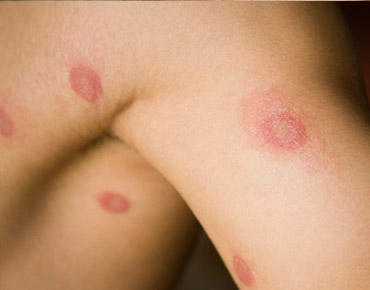
Skin Infections
Skin infections are common conditions that occur when harmful microorganisms such as bacteria, viruses, fungi, or parasites invade the skin. These infections can range from mild conditions, such as superficial rashes or localized pustules, to more severe systemic infections that may require aggressive treatment.
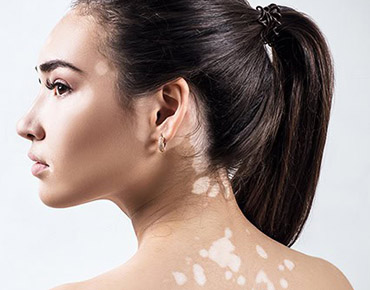
Vitiligo-Leucoderma
Vitiligo, also known as Leucoderma, is a skin condition characterized by loss of pigment in certain areas of the skin, resulting in white patches. It occurs when the cells responsible for producing melanin, called melanocytes, are damaged or destroyed, leading to areas of the skin becoming lighter or completely white. The condition can also affect hair and mucous membranes, such as the inside of the mouth.
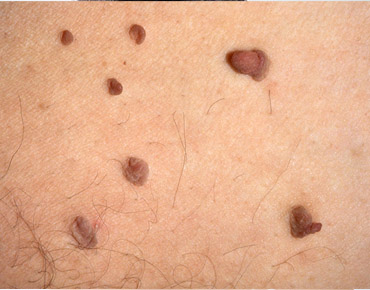
Corn, Warts, Moles, Skin Tags, Swellings, Skin Growths, Lipoma
Skin growths are a broad category of conditions that affect the skin, and they can vary widely in appearance, size, and significance. Some are benign (non-cancerous), while others may require medical evaluation. Here’s a breakdown of common skin growths, including corns, warts, moles, skin tags, lipomas, and other swellings.
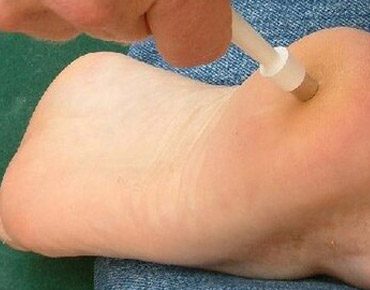
Skin Biopsy
A skin biopsy is a medical procedure used to remove a small sample of skin tissue for laboratory analysis. This test helps diagnose skin conditions, detect skin cancer, and determine the cause of unexplained skin problems. It’s a key tool for dermatologists when examining unusual moles, growths, or rashes.
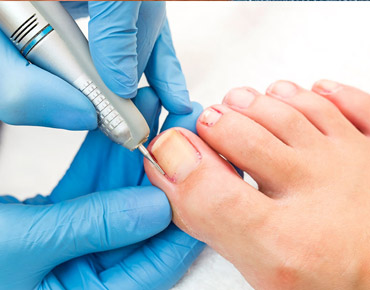
Nail Surgery
Nail surgery is a medical procedure performed to treat various nail conditions, ranging from minor cosmetic issues to more severe problems like nail infections, ingrown nails, and nail tumors. Nail surgery is typically done under local anesthesia and is a safe, effective way to relieve symptoms and address underlying nail problems.
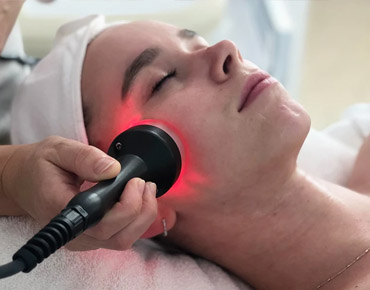
Radiofrequency
Radiofrequency (RF) treatment is a non-invasive or minimally invasive medical and cosmetic procedure that uses electrical energy to generate heat. This heat is used to treat a variety of skin and cosmetic concerns, including wrinkles, sagging skin, acne scars, and more. RF is also utilized in dermatology, aesthetic treatments, and non-surgical skin tightening.
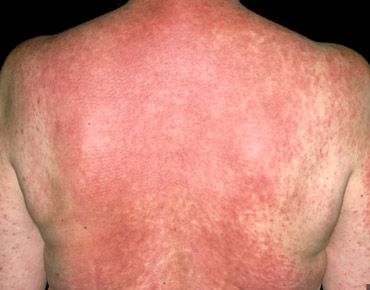
Cutaneous Drug Reactions
Cutaneous drug reactions are skin reactions that occur as a result of taking medications. These reactions can range from mild, transient rashes to severe, life-threatening conditions. They can occur immediately after taking a drug or may take days, weeks, or even months to appear after exposure.
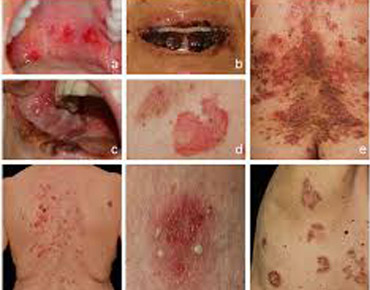
Autoimmune Blistering Skin Diseases
Autoimmune blistering skin diseases (also known as autoimmune bullous diseases) are a group of conditions in which the body's immune system mistakenly attacks the skin, leading to the formation of blisters or erosions. These diseases are characterized by the production of autoantibodies that target structural components of the skin, particularly proteins involved in maintaining the integrity of the epidermis or dermo-epidermal junction.
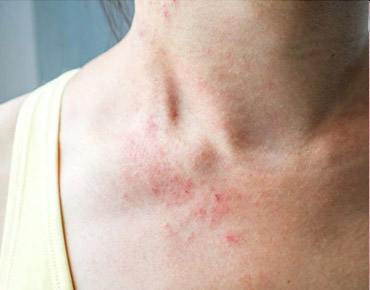
Autoimmune Connective Tissue Diseases With Skin Involvement
Autoimmune connective tissue diseases (CTDs) are a group of disorders where the body's immune system mistakenly attacks its own tissues, leading to inflammation and damage. These diseases often affect multiple organs, and skin involvement is a common and significant manifestation. Skin symptoms can range from rashes to ulcers and scarring, often serving as key indicators for diagnosis. Some autoimmune CTDs with skin involvement include systemic lupus erythematosus (SLE), dermatomyositis (DM), scleroderma, rheumatoid arthritis (RA), and mixed connective tissue disease (MCTD).
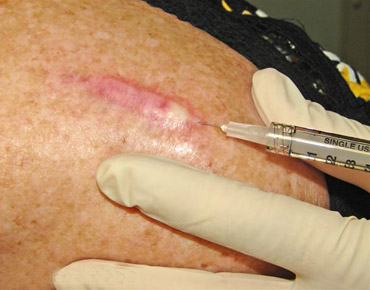
Intralesional Therapies
Intralesional therapy involves the direct injection of therapeutic agents into skin lesions or tissues. This treatment is particularly useful for localized skin diseases, offering the advantage of delivering higher concentrations of the drug directly to the target area, reducing systemic side effects. Intralesional therapies are commonly used for various dermatological conditions, including inflammatory skin diseases, warty lesions, and scarring.

Biologicals
Biological agents (or biologics) are a class of therapies derived from living organisms or produced through recombinant DNA technology. In dermatology, biologicals have revolutionized the treatment of many chronic, inflammatory skin conditions, particularly psoriasis, atopic dermatitis, eczema, and chronic urticaria. These therapies are typically targeted treatments, focusing on specific immune pathways involved in disease pathogenesis, unlike traditional systemic therapies.
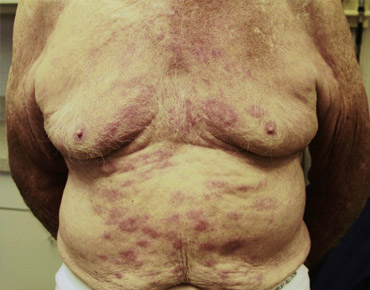
STI, Leprosy
Sexually transmitted infections (STIs) can have a variety of dermatologic presentations, ranging from localized lesions to systemic symptoms. Understanding the cutaneous signs of common STIs is critical in dermatology as skin manifestations often guide the diagnosis and treatment.

Cryotherapy
Cryotherapy (or cold therapy) is a treatment that uses extremely low temperatures to treat various skin, cosmetic, and medical conditions. It's widely used in dermatology, sports medicine, and wellness.
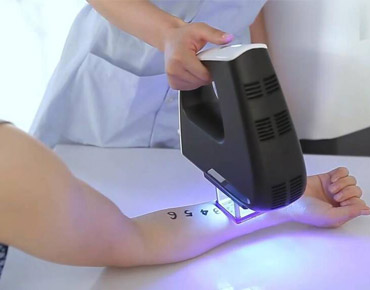
Excimer
The Excimer laser is a specialized type of ultraviolet (UV) laser that emits a very precise, controlled beam of light. It’s widely used in dermatology and ophthalmology, especially for treating skin conditions and performing eye surgeries like LASIK.
